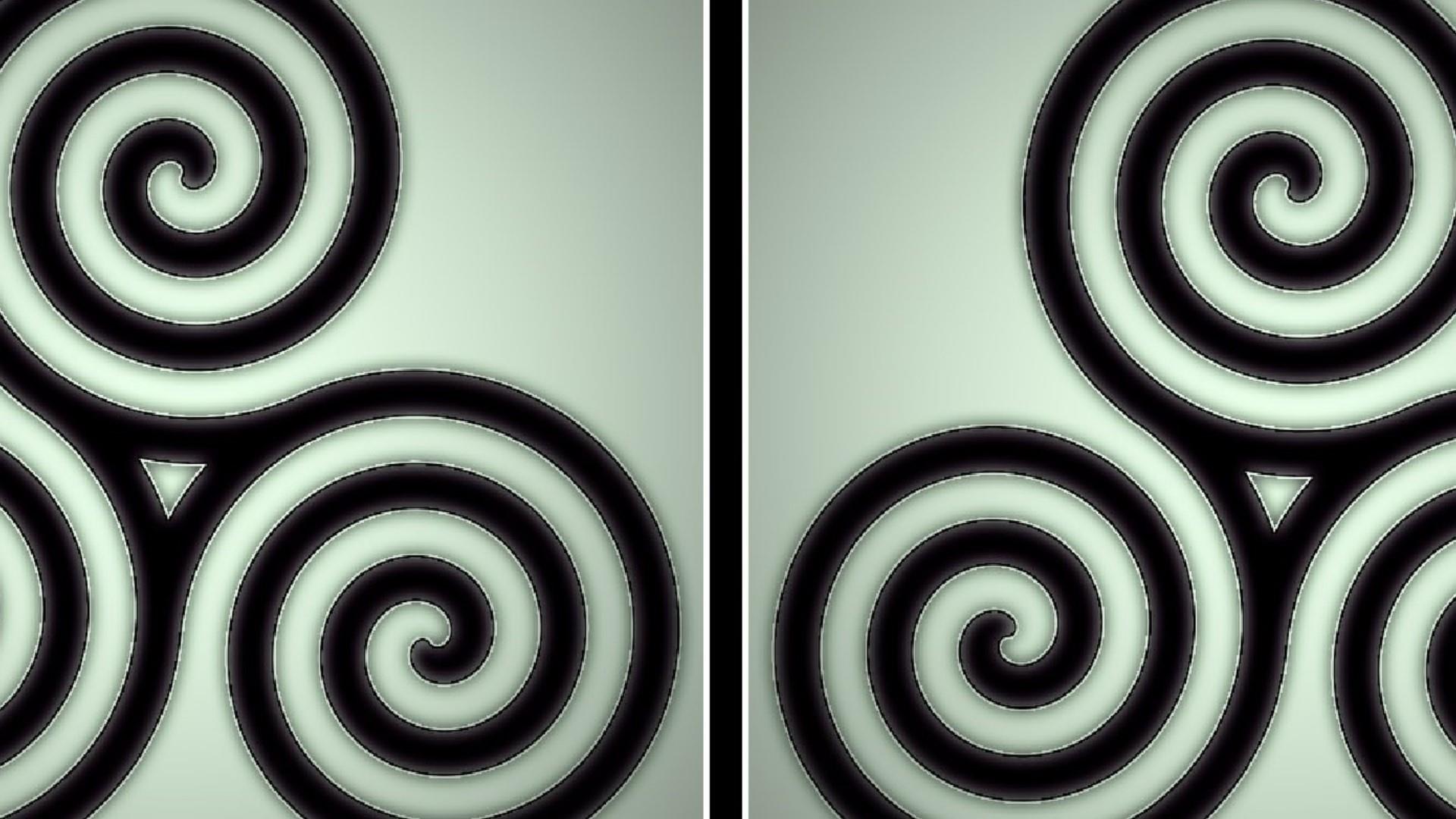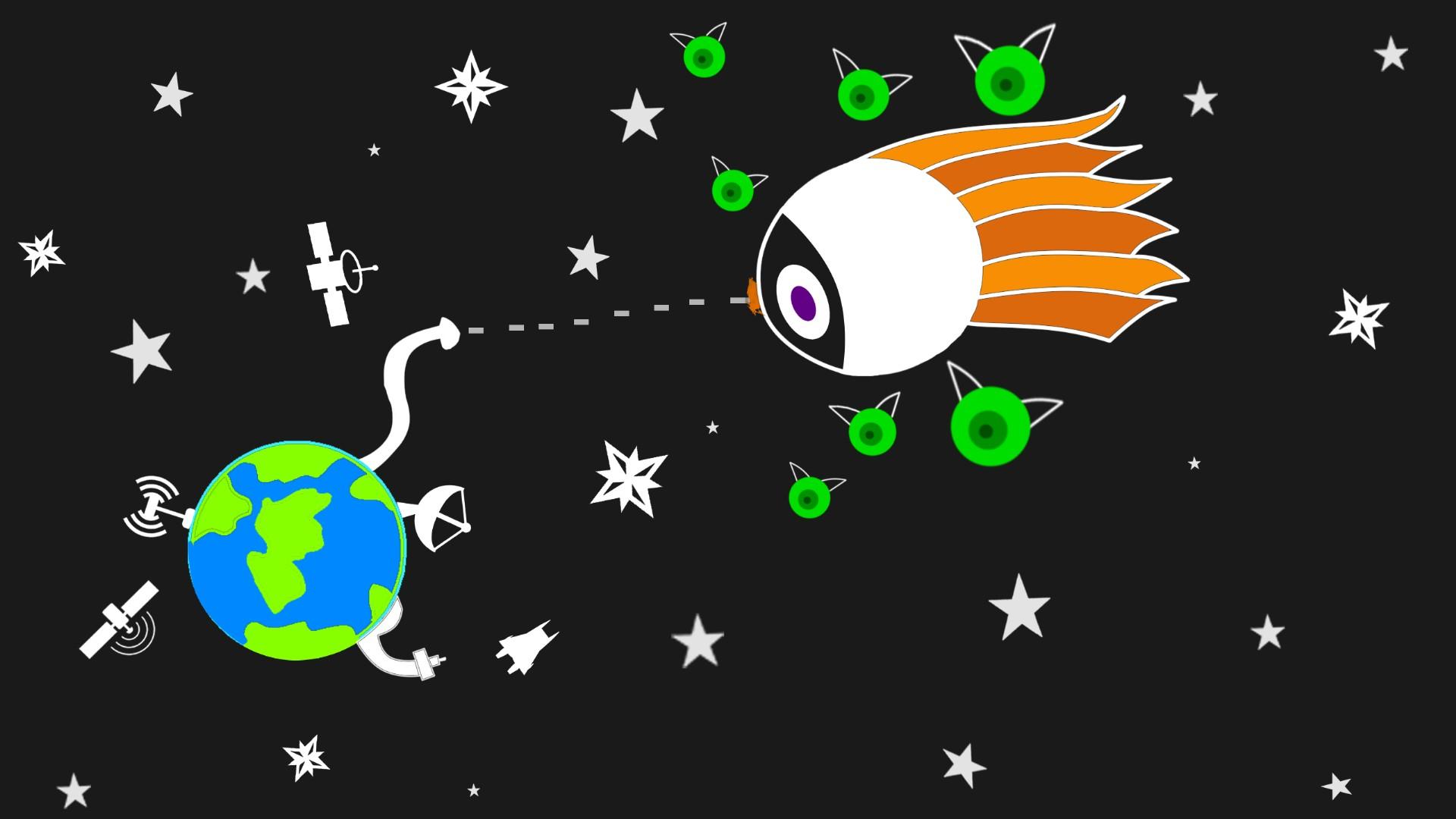
Cracking the Code: A Simple Guide to the Closed Syllable
A closed syllable is a syllable that has a single vowel followed by one or more consonants. This structure "closes in" the vowel, which typically forces the vowel to make its short sound, like the /a/ in "apple," the /e/ in "egg," the /i/ in "itch," the /o/ in "octopus," or the /u/ in "up."
It's a Thursday morning here in Indonesia, a country where many of us grow up speaking multiple languages. When you're learning a language like English, with all its wonderfully weird spellings, silent letters, and tricky pronunciations, it can sometimes feel like you're trying to learn a secret code. Words like "though," "through," and "tough" seem designed to confuse us!
But what if I told you that there are some simple, reliable rules that can help you crack this code? What if there was a key that could unlock the pronunciation of a huge percentage of English words? There is. And one of the most important keys you can have is understanding the closed syllable.
Think of it this way: imagine a vowel is a person at a party. A consonant that comes after it is like a bouncer standing by the door. When that bouncer is there, the vowel can't be loud and say its long name (like A, E, I, O, U). It has to be quiet and use its short, quick sound. That's the closed syllable in a nutshell. It's the bouncer that keeps the vowel in check.
Let's dive into what this means and why it's a game-changer for anyone learning to read or spell in English.
The Rules of the Club: What Makes a Syllable "Closed"?
For a syllable to be considered "closed," it has to follow a few simple but strict rules.
Rule #1: It must have only ONE vowel.
This is non-negotiable. Syllables with two vowels working together as a team (like the 'oa' in "boat" or the 'ai' in "train") are called vowel team syllables, and they play by a different set of rules. A closed syllable is a solo act for the vowel.
Rule #2: The vowel must be followed by at least one consonant.
This is the "closing the door" part of the rule. That consonant (or consonants) at the end is what "traps" the vowel, acting as the bouncer we talked about.
-
In the word cat, the vowel 'a' is followed by the consonant 't'. The door is closed.
-
In the word dish, the vowel 'i' is followed by the consonants 'sh'. The door is closed.
-
In the word jump, the vowel 'u' is followed by the consonants 'mp'. The door is closed.
Rule #3: The vowel sound is SHORT.
This is the result of the first two rules being met. Because the vowel is alone and closed in, it makes its short sound. These are the five short vowel sounds you'll hear in closed syllables:
-
/ă/ as in apple, cat, basket
-
/ĕ/ as in elephant, bed, tent
-
/ĭ/ as in igloo, fish, mitten
-
/ŏ/ as in octopus, dog, hot
-
/ŭ/ as in umbrella, cup, sun
The closed syllable is the most common syllable type in the English language, which means that these short vowel sounds are the ones you'll encounter most often.
The Closed Syllable in Action
It's easy to spot closed syllables in short, one-syllable words. But their real power becomes clear when you start using them to break down bigger, more intimidating words. This is a fundamental strategy taught in structured literacy programs like Orton-Gillingham.
You can often find the syllable break in a word by looking for a VC/CV pattern (Vowel-Consonant / Consonant-Vowel). You "chop" the word between the two consonants.
Let's look at some multi-syllable words:
-
bas-ket: The first syllable is
bas. It has one vowel ('a') followed by a consonant ('s'). It's a closed syllable, so the 'a' is short. The second syllable isket. It has one vowel ('e') followed by a consonant ('t'). It's also a closed syllable, so the 'e' is short. -
mag-net: Both syllables (
magandnet) are closed. -
fan-tas-tic: All three syllables are closed!
fan,tas, andtic. Suddenly, a big word becomes three easy, predictable chunks. -
mit-ten: Here we see two of the same consonant together. We split the word right between them:
mit / ten. Both are closed syllables, and the 'i' and 'e' make their short sounds. This rule explains why so many English words have double consonants in the middle!
Why Does This Even Matter? The Superpower of Syllable Types 🦸
Understanding the closed syllable isn't just a fun grammar fact; it's a superpower for both reading and spelling.
-
For Reading (Decoding): When a new reader encounters a word like "problem," their brain can short-circuit. But if they know the VC/CV rule, they can break it down into
prob-lem. They see that the first syllable (prob) is closed, so the 'o' must be short. They see the second syllable (lem) is also closed, so the 'e' must be short. It turns guessing into a predictable, logical process. -
For Spelling (Encoding): This is just as powerful. If you're trying to spell a word and you hear a short vowel sound, you know that vowel needs a consonant to "close it in." This explains why we double the 'p' in "apple." It's to keep the first syllable (
ap-) closed to protect that short /ă/ sound. If it were spelleda-ple, the 'a' would be at the end of the syllable, making it an open syllable.
Speaking of which...
The Opposite Day: Closed vs. Open Syllables
The easiest way to understand what "closed" means is to look at its opposite. An open syllable is a syllable that ends in a vowel. The door is wide open, and there's no bouncer. This means the vowel is free to be loud and say its name (its long sound).
-
go: The syllable ends in 'o'. It's open, so 'o' says its name.
-
hi: The syllable ends in 'i'. It's open, so 'i' says its name.
-
ro-bot: The first syllable,
ro, is open (long 'o'). The second syllable,bot, is closed (short 'o'). -
mu-sic: The first syllable,
mu, is open (long 'u'). The second syllable,sic, is closed (short 'i').
The Bottom Line
Mastering the closed syllable is the first and most important step to becoming a confident and accurate reader and speller. It’s the foundational rule upon which so much of the English language is built.
So, the next time you see a big, unfamiliar word, don't be intimidated. Look for the patterns. Hunt for those vowels and see if they're closed in by a consonant. It's the key to cracking the code and turning the chaos of English spelling into a system you can understand.









